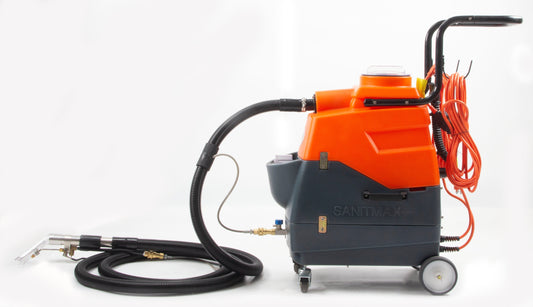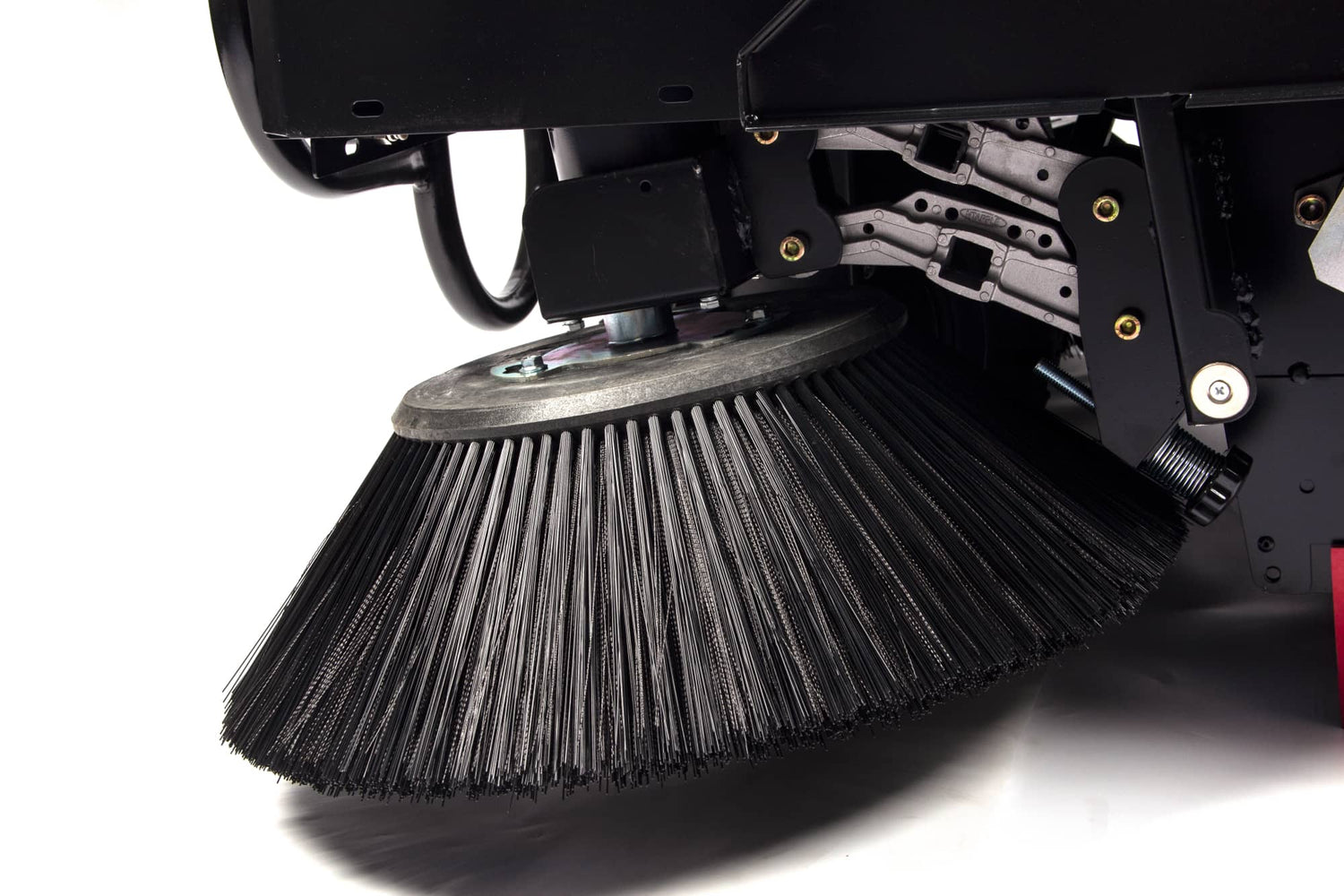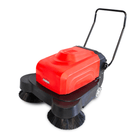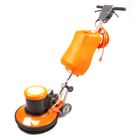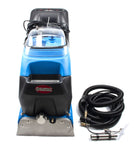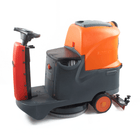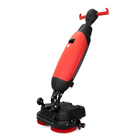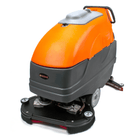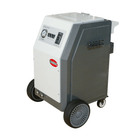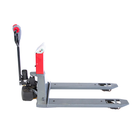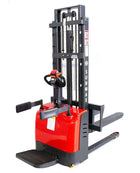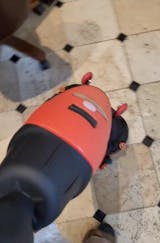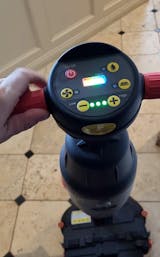When your commercial floor scrubber refuses to start, it can feel like a big roadblock, especially when you've got cleaning tasks piling up. There might be several reasons why this happens, and understanding a few basics can save you from unnecessary stress. From simple checks to some hands-on examination, there are several steps you can take before calling in the pros. Let's look at a few strategies to help you out of a jam.
Floor scrubbers are significant investments for businesses, so dealing quickly with any issues is important. Addressing these hiccups promptly helps keep your equipment running smoothly, minimizing downtime and ensuring your facility stays spotless. Whether you're using a scrubber in a warehouse or a busy retail space, knowing how to troubleshoot common issues enables you to get back to business sooner.
Check the Power Source
The first troubleshooting step is to ensure the floor scrubber is connected to a reliable power source. Sometimes the solution is as simple as checking the plug. Make sure it's securely plugged into the outlet, as loose connections can disrupt power flow. If the plug seems fine, inspect the power cord. Look for any visible damage such as frays or cuts. A damaged cord can prevent the machine from turning on, and if you spot any issues, it may require repair or replacement.
Another essential step is to verify that the power outlet is functional. You can test this by plugging in another appliance, like a lamp or a phone charger, to ensure it's providing electricity. If the outlet isn’t working, try a nearby functioning one. Sometimes, circuit breakers trip, cutting off power. It's helpful to check your facility's breaker box to see if anything needs resetting. Here’s a quick checklist to get started:
- Check that the cord is plugged in securely.
- Examine the power cord for visible damage.
- Test the outlet with another device to ensure it’s working.
- Reset any tripped breakers in the electrical panel.
Taking these straightforward steps can often resolve the issue without much fuss, letting you focus on the task at hand. If everything seems okay and the floor scrubber still won't start, it might be time to look at the battery next.
Inspect the Battery
If your scrubber runs on a battery and not a cord, the next place to look is the battery itself. Start by checking the charge level. Sometimes the battery drains faster than expected, especially after heavy use or if it's been sitting unused for a while. Plug it into the charger for a full session and see if that solves the issue.
Look closely at the battery terminals. Corrosion on the metal contacts can block electricity from flowing properly. If you spot white or greenish buildup around the terminals, that could be your culprit. It’s a good idea to make a habit of checking this once in a while. Also, make sure the battery is installed correctly. Even if it looks like it's in place, a loose connection can stop the whole machine from turning on.
Finally, consider the battery's age. If it's old or showing signs of wear, like swelling or extreme heat during use, it's probably time for a replacement. For instance, one facility manager noticed their floor scrubber wasn’t starting during morning setup. Turns out the battery hadn’t been charging properly overnight because of a build-up of grime around the charger port. A small cleaning and tighter connection solved the problem quickly.
Examine the Controls and Settings
Now let’s talk about the controls. Many machines have safety switches or control panels with settings that must be in the right position. Check every switch and key to make sure they’re where they're supposed to be. Sometimes a brush pressure setting or a speed control knob left in the wrong mode can prevent the scrubber from doing anything.
Also, look for lights or alert messages on the control panel. Many floor scrubbers have simple communication tools built into the display panel. Blink codes or icons might point to a specific area needing attention. If there’s a reset button, now’s the time to use it. Just flipping a switch back into place can often fix a lockout or safety shutdown.
If your scrubber has individual circuit breakers or fuses, take a moment to examine those too. A breaker might trip during operation and keep the machine from restarting. These resets are often tucked away, so check your user manual if you’re unsure where to find them.
Assess Mechanical Components
Sometimes, the issue lies within the moving parts of the scrubber. Take a minute to inspect the brushes or pads under the scrubber. If they’re worn down or broken, the machine might go into a safety stop to prevent damage. Replace them if needed or remove anything blocking their motion.
Next up, check if anything is caught in the scrubbing mechanism. Stray zip ties, debris from the floor, or broken parts can jam up the system. Look under and around the scrubber heads for anything unusual. Also, pay attention to any strange sounds or resistance when you try to move the machine. If things don’t spin or glide freely, there may be an issue inside the drive chain or brush housing.
Lastly, make sure everything is properly greased or lubricated. Dry or squeaky parts can slow the machine down or trigger an automatic stop. If your model has grease fittings, give them a few pumps using the proper lubricant for the moving joints and links.
Quick Summary and What to Do Next
There’s no question—it’s frustrating when your floor scrubber won’t start. But going step by step through these areas can help you figure out what’s going wrong:
- Always start with the power source or battery.
- Look for signs of damage, loose cables, or drained power.
- Check every control switch, reset mechanism, or alert on the panel.
- Inspect moving parts for clogs, wear, or lack of lubrication.
Doing routine checks like these, even when the machine is working well, can prevent surprise issues from popping up in the middle of a busy schedule. It also keeps your equipment running longer and more efficiently.
If you've walked through all of these areas and the machine's still giving you trouble, it's a good idea to bring in a technician. They’ll be able to dig into the problem deeper and help diagnose anything that might be harder to spot with a visual check. Some problems go beyond the surface, and that’s when help from a professional becomes the best move.
If you've tried the basics and your machine still won't power up, it may be time to take a closer look at your specific model or consider replacing it with a more dependable option. SANITMAX offers a variety of durable cleaning equipment, and if you're in the market for a reliable commercial floor scrubber, our lineup is worth exploring to keep your operations running efficiently.



